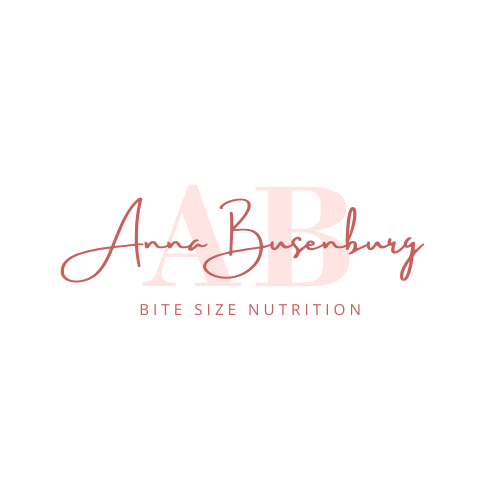So I am officially a breastfeeding mama. It has been quite the adventure let me tell you. I have worked with Moms and breastfeeding with my job a Registered Dietitian and on a feeding team, but this is my first time actually doing this myself. I wanted to make sure that I talk about on this blog the reality of breastfeeding. Sometimes I think Moms aren't exactly sure what they are in for and sometimes it can be very overwhelming.
Here are some statistics for you about breastfeeding that came from an article that was released just a few days ago:
- In 2012, estimated 80% of mothers started breastfeeding their infants. By 6 months of age, an estimated 51.4% continued to breastfeed and by 12 months of age that number fell to 29.2% of mothers still breastfeeding.
- Goals for Healthy People 2020 are for these rates at birth to be at 81.9%, by 6 months keeping 66.6% of mother breastfeeding and by 12 months of age having 34.1% of mothers continuing to breastfeed.
- Breastfeeding support programs are effective in helping to encourage and support mothers of all ages to continue to breastfeed.
- Breastfeeding has several maternal benefits including - lower risk of breast and ovarian cancers, less visceral adiposity, reduced rates of diabetes and cardiovascular disease in the mothers.
I wanted to make sure that I shared with you some of my experiences with breastfeeding. I have only been doing this a few weeks, but I think it is an important thing to talk about and prompt discussion.
The initial latch - Can we talk about how when your baby latches for the first time it hurts? It is very uncomfortable. I was really concerned at the beginning that William wasn't latching correctly and that was causing some pain, but after speaking with a lactation consultant in the hospital, he was doing a great job and had a great suck. It took about 2-3 days for the initial "pain" with the sucking to go away. Lanonlin was my best friend. That helped so much to help relieve some of that pain and keep my nipples from cracking and bleeding. I would apply it after each time breast feeding.
Milk coming in - Oh my goodness this was a surprise. My milk came in on day #3 after having William and WOW! I was so overwhelmed. It was painful to have super huge boobs and have them filled with milk. I didn't know this was going to happen so quickly. I had a ton of milk immediately and I didn't know what to do with it all. Originally, I was not going to pump for the first month, but when my milk came in I had to pump. I had to relieve that pressure. So I started pumping twice a day and I have been sticking with that regime since that first day home.
Engorgement - I didn't know how to handle this side effect of breastfeeding either. I wasn't prepared for the engorgement feeling and again because my milk came in so quick I was so overwhelmed. It was such a crazy experience to be solely responsible for feeding your child. I have been thankful that I have a good milk supply. I know that lots of women struggle to increase their supply. Breastfeeding is tough and takes lots of time.
It is a gift - In the midst of feeling overwhelmed and learning how to breastfeed I had a wonderful chat with my husband, Chas. He was so encouraging and helped to remind me that I didn't have to breastfeed. If there was any point that I felt like I didn't want to breastfeed, I didn't have to. There are other ways that we could feed William. He reminded me that he would support me in whatever I decided to do. He also said that if I continue to breastfeed that is a special gift that I am able to give William. It is something that I can choose to give him. Taking that perspective has been so helpful for me. Viewing breastfeeding and pumping as a gift for my son really hit home for me. I thought this perspective was worth sharing. If you are a breastfeeding Mom and feeling discouraged, remember what you are doing 6-12 times per day is a gift. All of the hard work is something special that you can give your child.
I will keep you posted on how breastfeeding is going. We are now 3 weeks into this adventure and it is going well. William loves to eat and is growing quickly. Our next big challenge will be next month when William goes to daycare and I head back to work. Until then, we will continue to breastfeed, practice with a bottle 1-2 times a day and pumping ~3 times a day. Keep up the hard work if you are currently breastfeeding and if you know someone who is breastfeeding give them a pat on the back.































